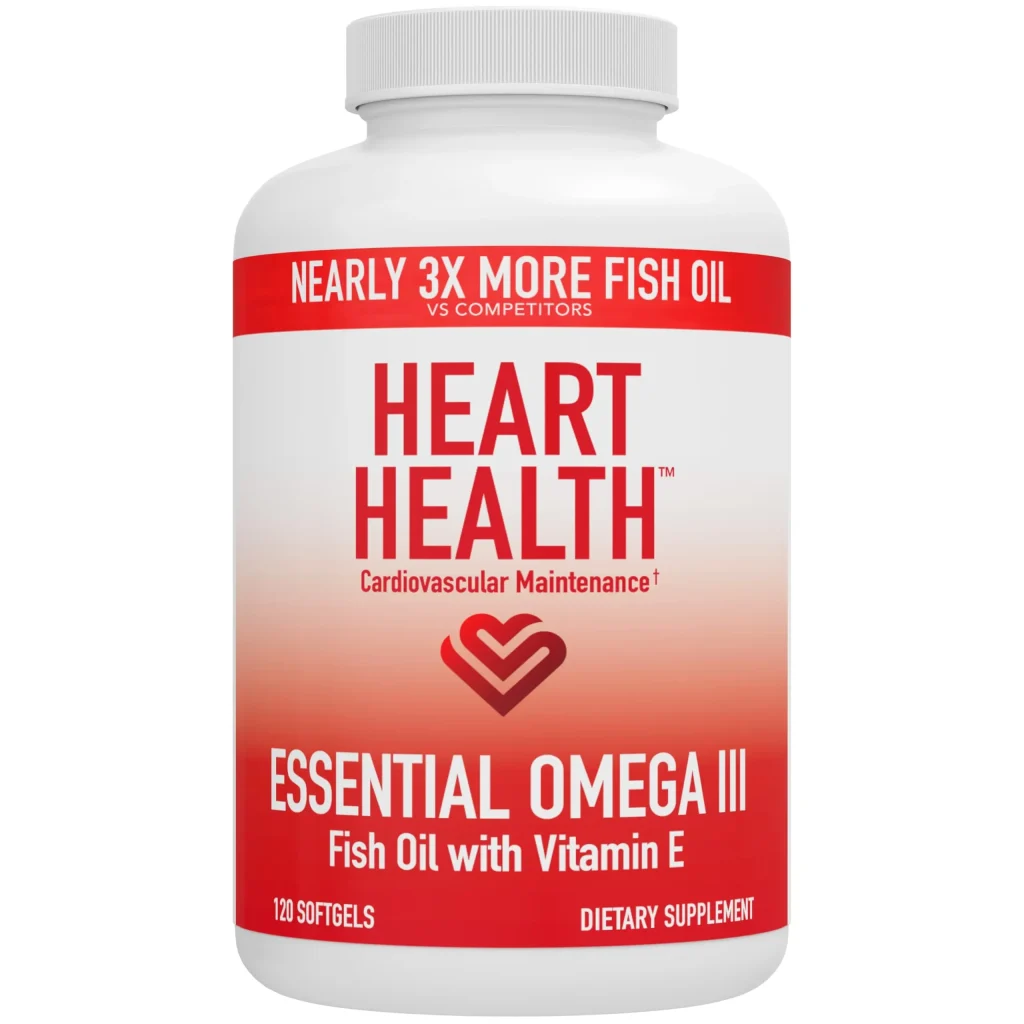Heart health essentials form a practical framework for protecting one of our most vital systems—the heart. By embracing a balanced diet and regular physical activity, you can support health today. This guide shows how diet, movement, and strategies for reducing risk can yield lasting benefits. You’ll find actionable steps that translate science into everyday choices for a stronger heart. Starting now, small changes build a durable foundation for heart wellness and energy.
Seen through an alternative lens, this topic emphasizes the broader goal of circulatory wellness, healthy vessels, and sustainable habits. Key ideas center on a heart-healthy diet and physical activity for heart health that together support vascular health. This framing adds broader health concepts as part of a cohesive strategy. By linking practical steps to evidence, readers can translate science into daily routines that protect the heart and improve overall well-being. This approach invites readers to view heart care as a reachable, ongoing practice rather than a temporary fix.
Heart health essentials: Building a heart-healthy diet for lasting cardiovascular health
A heart-healthy diet lays the foundation for cardiovascular health. Emphasizing fruits, vegetables, whole grains, lean proteins, and healthy fats—patterns like Mediterranean or DASH—supports cholesterol management by boosting soluble fiber (oats, beans, apples, barley) and unsaturated fats found in olive oil, avocados, nuts, and fatty fish such as salmon. Limiting added sugars, ultra-processed foods, saturated fats, and trans fats reduces LDL cholesterol and helps balance blood sugar. Reducing sodium while increasing potassium-rich foods further supports blood pressure control, a key factor in cardiovascular health.
Practical grocery and meal strategies make this sustainable: fill your cart with a colorful variety of vegetables, berries, whole grains, legumes, and a rotation of lean proteins. Include fatty fish at least twice a week and snacks of unsalted nuts and seeds. When dining out, choose meals that emphasize vegetables, whole grains, and lean proteins with modest sauces and lower sodium. Mindful eating supports portion control, which benefits cholesterol management and blood pressure, helping you translate the diet into real-world cardiovascular benefits.
Activity and risk reduction for heart disease: practical steps to boost cardiovascular health
Physical activity for heart health is a proven driver of cardiovascular health. Combine aerobic exercise that raises heart rate and breathing with strength training to build lean muscle and improve metabolic health. General guidelines recommend at least 150 minutes of moderate-intensity activity per week or 75 minutes of vigorous activity, plus two or more days of strength training. If you’re new to exercise, start with shorter sessions (10–15 minutes) and gradually increase. Walking, cycling, swimming, dancing, and other enjoyable activities support heart health and improve cholesterol management and blood pressure.
Beyond movement, risk reduction for heart disease comes from steady, sustainable choices. Regular monitoring of blood pressure, cholesterol, and blood sugar helps tailor lifestyle changes or medications as needed. Tobacco cessation, limiting alcohol, adequate sleep, stress management, and social support all contribute to reduced cardiovascular risk. Include routine screenings and regular visits with a healthcare provider to set personalized targets and track progress toward durable heart health.
Frequently Asked Questions
What is a heart-healthy diet and how does it support cardiovascular health and cholesterol management?
A heart-healthy diet emphasizes fruits, vegetables, whole grains, lean proteins, and healthy fats—consistent with Mediterranean or DASH patterns. It supports cardiovascular health by helping manage blood pressure, reduce LDL cholesterol, support healthy weight, and improve overall vascular function. Key strategies include increasing soluble fiber (oats, beans, apples, barley), replacing saturated fats with unsaturated fats from olive oil, avocados, nuts, and fatty fish, and limiting added sugars, ultra-processed foods, and sodium. Practical steps include a colorful daily intake of vegetables and fruits, choosing whole grains, including legumes and fish at least twice a week, snacking on unsalted nuts, and cooking at home to control ingredients. These habits aid cholesterol management and blood pressure control while promoting long-term heart health.
How can I use physical activity for heart health to reduce risk of heart disease?
Aim for the general guideline of 150 minutes of moderate-intensity activity per week (or 75 minutes of vigorous activity), plus two or more days of strength training. If you’re new to exercise, start with short 10–15 minute sessions and gradually build. Good options for heart health include brisk walking, cycling, swimming, and dancing. Regular physical activity for heart health improves blood pressure, triglycerides, HDL cholesterol, body weight, mood, and energy, all contributing to risk reduction for heart disease. If you have existing heart conditions or symptoms during activity, consult a healthcare provider before starting and tailor intensity to your needs. For best results, pair activity with a heart-healthy diet and consistent monitoring.
| Pillar | Key Points | Practical Tips / Examples |
|---|---|---|
| Diet | Heart-healthy patterns (Mediterranean or DASH) emphasize fruits, vegetables, whole grains, lean proteins, and healthy fats; prioritizes fiber; select healthy fats; limit added sugars, ultra-processed items, and sodium; practice portion control and mindful eating. | Grocery list: rainbow vegetables, berries, whole grains, legumes, and lean proteins; include fatty fish at least twice weekly; unsalted nuts; water or unsweetened beverages; cook at home; mindful dining; batch-cook and control portions. |
| Activity | Regular movement supports heart health. Aim for at least 150 minutes of moderate-intensity activity per week, or 75 minutes of vigorous-intensity activity, plus two or more days of strength training. | Start gradually (10–15 minute bouts); walking is a great starter; as endurance improves, add cycling, swimming, dancing, or brisk outdoor activities; try to move most days; consult a clinician if you have heart conditions or other concerns. |
| Risk Reduction | Focus on managing blood pressure and cholesterol, addressing diabetes and weight, and adopting tobacco cessation plus limiting alcohol; sleep quality and stress management also matter; regular screenings are essential. | Monitor blood pressure, cholesterol, blood sugar, and body weight; discuss targets with a healthcare provider; small, steady lifestyle improvements can meaningfully reduce cardiovascular risk; medications may be part of the plan if needed. |
| Putting It into Practice | Incorporate Heart health essentials into daily life with practical planning: a heart-healthy weekly menu, 30 minutes of activity most days, and two days of light strength training. | Example plan: three days of brisk walking or cycling, two days of light resistance training, two rest or gentle-movement days; keep a simple food and hydration diary; tailor to health goals with professional guidance; prioritize consistency over perfection. |
Summary
Conclusion: Heart health essentials offer a practical, evidence-based framework for protecting one of the body’s most vital systems. This holistic approach centers on a heart-healthy diet, regular physical activity for heart health, and deliberate risk-reduction strategies to support durable cardiovascular well-being. By prioritizing nutrient-dense foods, moving regularly, monitoring blood pressure and cholesterol, and avoiding high-risk behaviors, you can lower your risk of heart disease and improve overall quality of life. Start with small, steady changes, build consistent routines, and track progress over time to empower your heart now and in the years ahead.



